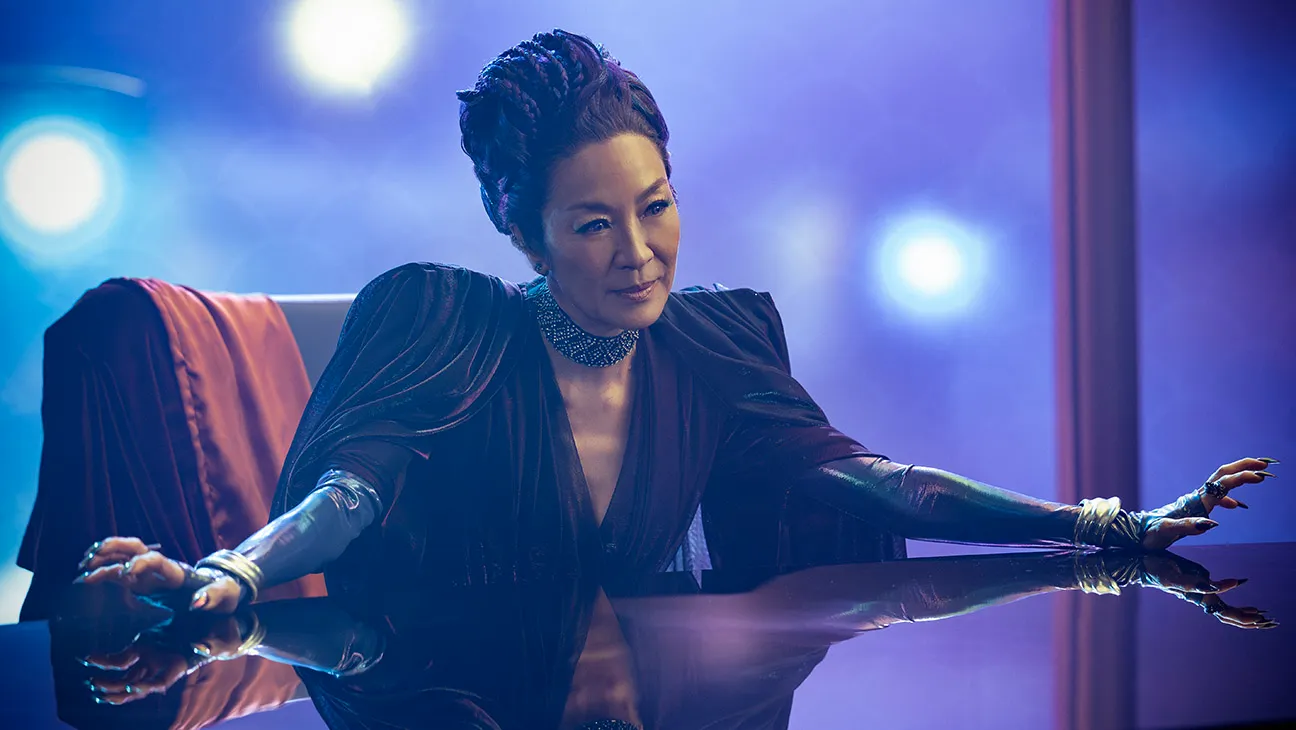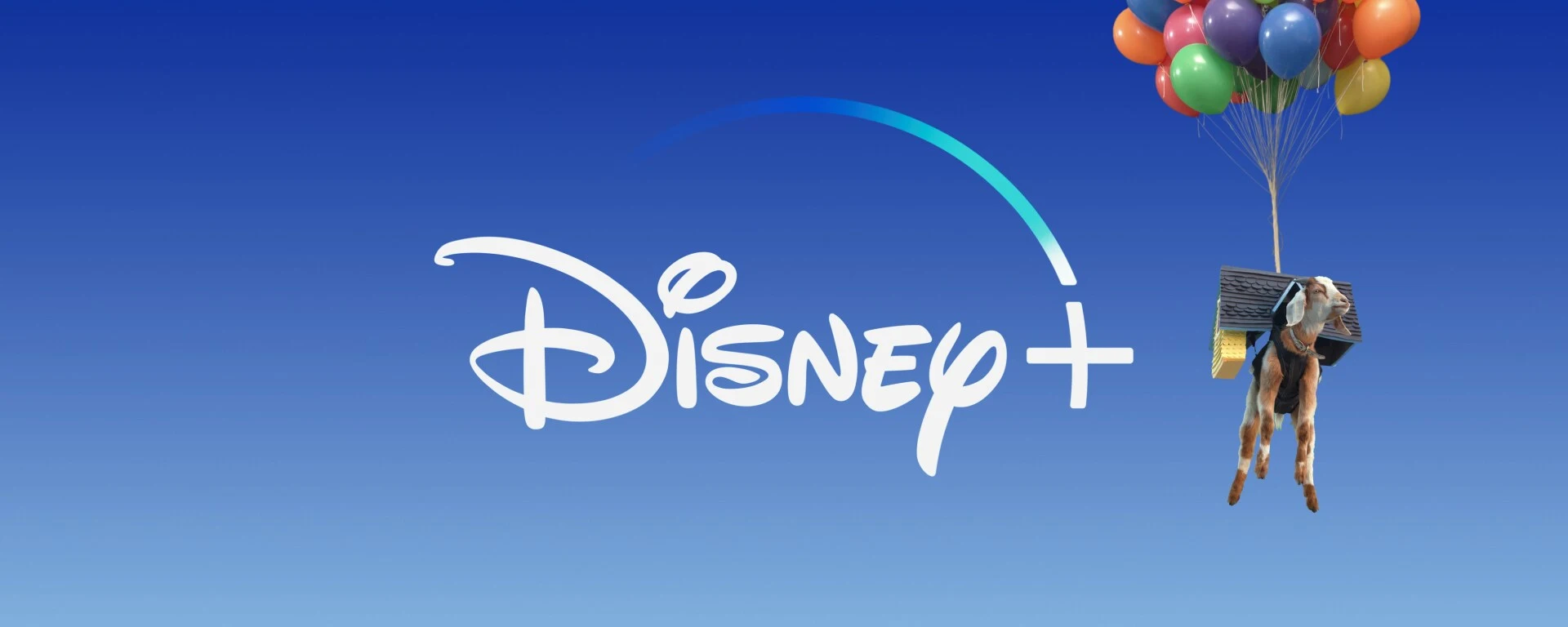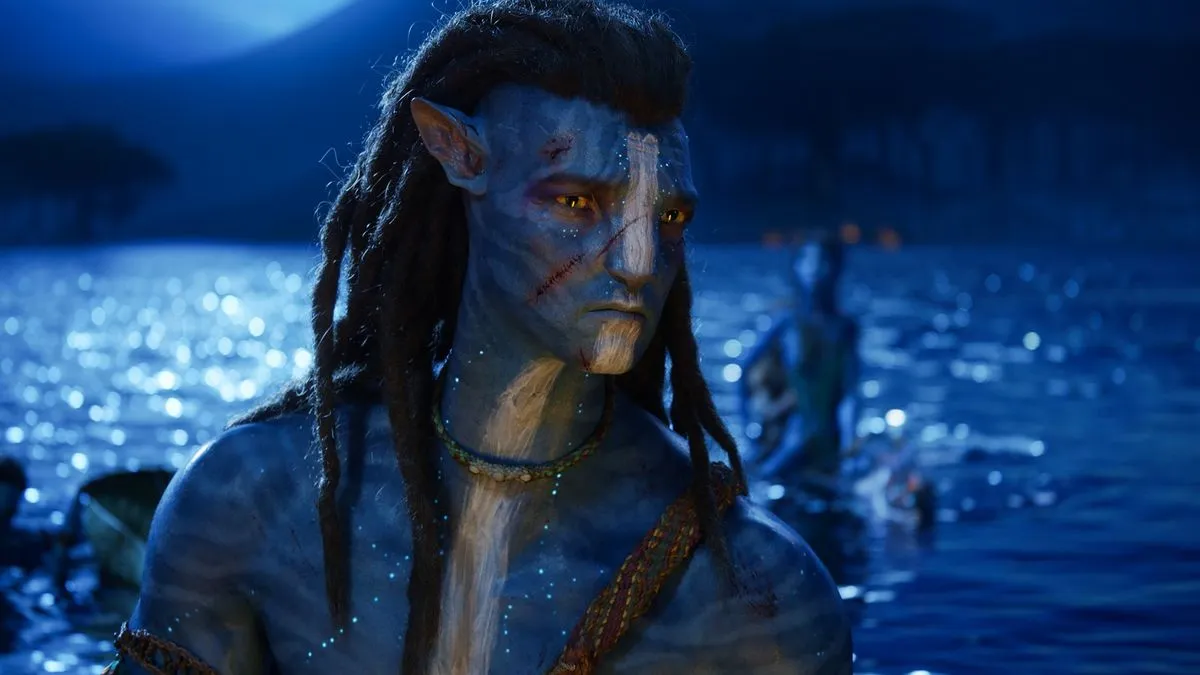For Missing, the new thriller that unveils entirely on screens, director of photographer Steven Holleran took the creative leap of often letting actors mucosa themselves. In the pursuit piece, Hollleran — whose work moreover includes Max’s The Climb and the upcoming Sympathy for the Devil — writes well-nigh stuff hands-on and hands-off at the same time.
It’s 3 a.m., 16 hours deep in shoot Day 13 on Missing. I’m strapping an iPhone to the wrist of lead actress Storm Reid, and preparing to do the unthinkable for any cinematographer: Sending her off into the set to shoot a scene without me.
This is just a day in the life of making Missing, the most wide screenlife movie shot to date.

Missing cinematographer Steven Holleran (in tan jacket) shows a shot to (L-R) director Nick Johnson, 1st AD Alex Armero and director Will Merrick.
What Is a Screenlife? Missing DP Steven Holleran Explains
A screenlife movie is one that takes place entirely on screens — and if you’ve seen Searching, of which Missing is the sequel, then you know movies like these live in the details of real-time reality. A screenlife mucosa is a tech labyrinth where authenticity rules over beauty, functionality over form, storytelling over subjectivity. It’s a world of laptops, vertical cell-phone setups, untried screens, news rooms and printing conferences, vlogging scenes, doorbell cams, soupcon cams, replacement feeds, infrared and on and on.
In the world of screenlife, you’re often inventing as you go. You can’t turn to the generation of cinematography masters who’ve come surpassing for references or guidance. In fact, plane some of the rules of screenlife may be in flux.
Timur Bekmambetov, the filmmaker weightier known for Unfriended who produced a slew of other movies, including Missing and Searching, has said that a screenlife mucosa should take place on one screen, and in real time, among other rules. Aneesh Chaganty, Sev Ohanian, and Natalie Qasabian, who produced Missing and Searching, prefer to undeniability them “screen thrillers” considering they don’t follow all of these rules.
The Searching team wanted Missing to be bigger, faster and increasingly mobile. The mucosa follows June (Reid) as she searches for her mother (Nia Long) who goes missing without she leaves on a Colombian vacation with her mysterious new boyfriend (Ken Leung).
In one scene, June hunts for clues in an office at night. It’s written to be seen from the perspective of her wristwatch, which meant she had to be worldly-wise to wear a camera on her wrist — and be worldly-wise to mucosa herself, too — in a realistic, seamless, weightless way, as you would from a smartwatch.
At the same time, we had to be worldly-wise to tenancy the camera on her wrist, while remotely recording, focusing, and monitoring her shots. Few cameras can unzip such things at the small size of a wristwatch, and squint good when projected in theaters.
I turned to an iPhone for the task. We wrapped it into an exercise sleeve on her wrist, and tethered it to a walkabout Storm wore that housed all the spare power and wireless transmitters we needed to alimony the phone functioning and watchable.
What transpired over the next few hours was a filmmaking experiment of grand proportions – we had to light the scene, then put the iPhone on Storm’s wrist, then send her off into a set to shoot a two- to three-minute oner, all by herself.
Experimentation with iPhones and prosumer cameras isn’t completely unfamiliar to me: In 2016, I used iPhones on the Sundance mucosa The Land. In 2018 I shot flipside Sundance mucosa — A Boy. A Girl. A Dream — that was a 90-minute oner, and enlisted Sony’s mirrorless A7SIII. For most of Missing I turned to the same two cameras. They’re both small and could be rigged to a laptop. Moreover importantly, the Sony can nearly see in the dark.
Our interview with Missing producers Aneesh Chaganty, Sev Ohanian and Natalie Qasabian
We moreover had to embrace mobility — our actors were holding, adjusting, balancing, lapping and operating cameras in real-time in ways that needed to finger true to life. Our technical task quickly became the opposite of that on a traditional movie.
We had to be honest to how each real-capture device saw the world, and then reproduce every flaw, quirk, and characteristic, using a lightweight, trustworthy camera system that could function in a production pipeline.
I rarely picked up a rig, and instead coached the actors on how to frame themselves in real time. I moreover suggested ways they could get well-appointed staring at their own faces during takes, and variegated techniques to build physical stamina.
For many of our actors, it was their first time seeing themselves mid-scene or holding a device — which widow a whole new level of expectations for them, on top of acting. For me, it was a new journey into liaison and ultimately directing. Thoughtful, purposeful, and simple explanations were key.
Which is how I ended up at three in the morning with Storm, giving up increasingly tenancy than I overly had on a film, and finding a whole new way of filmmaking.

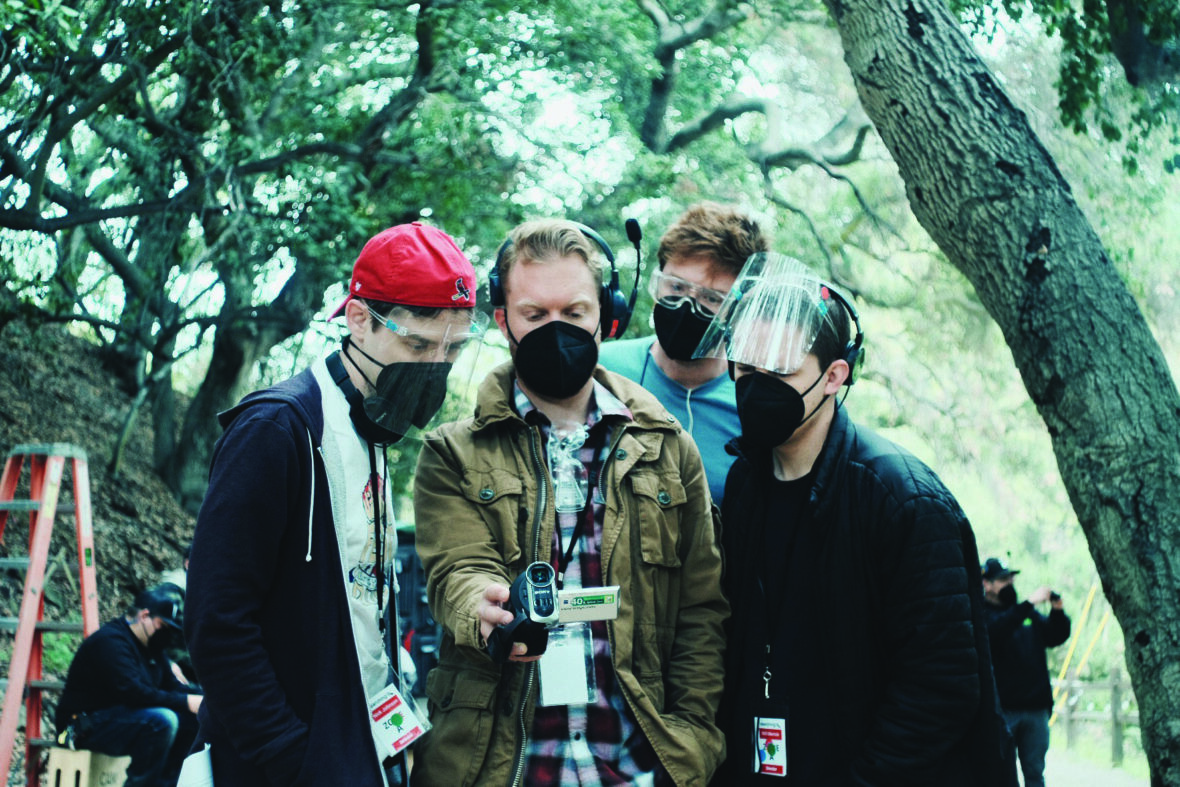
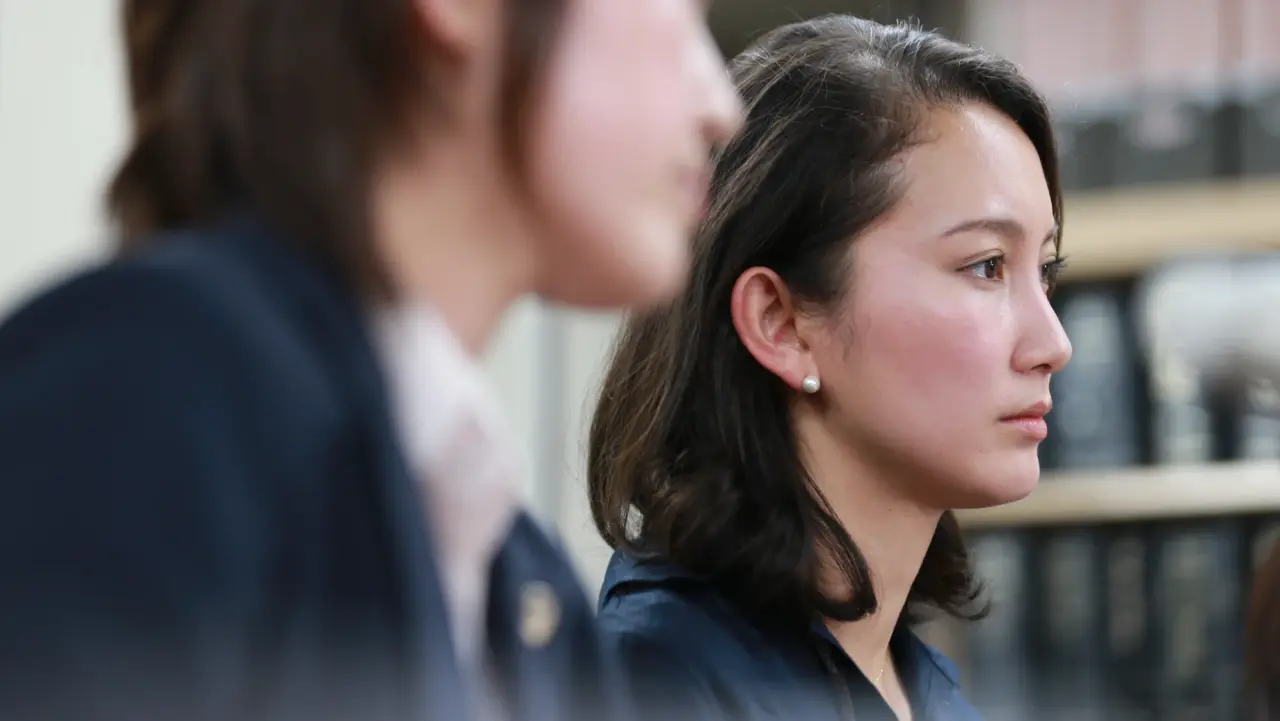
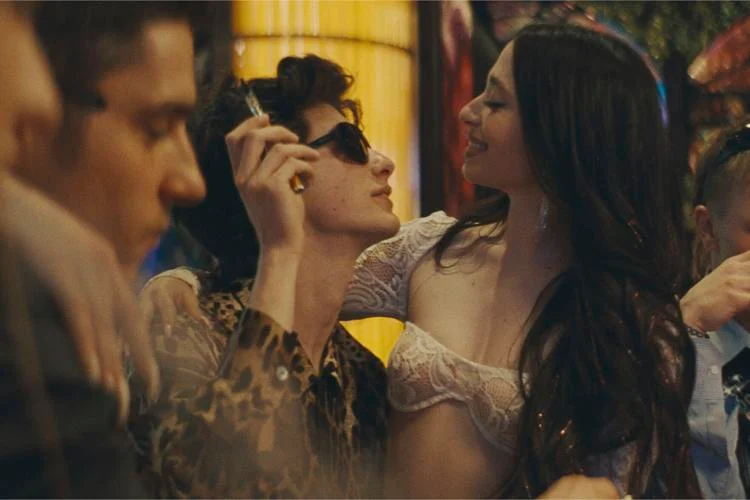

.webp)

.jpg)
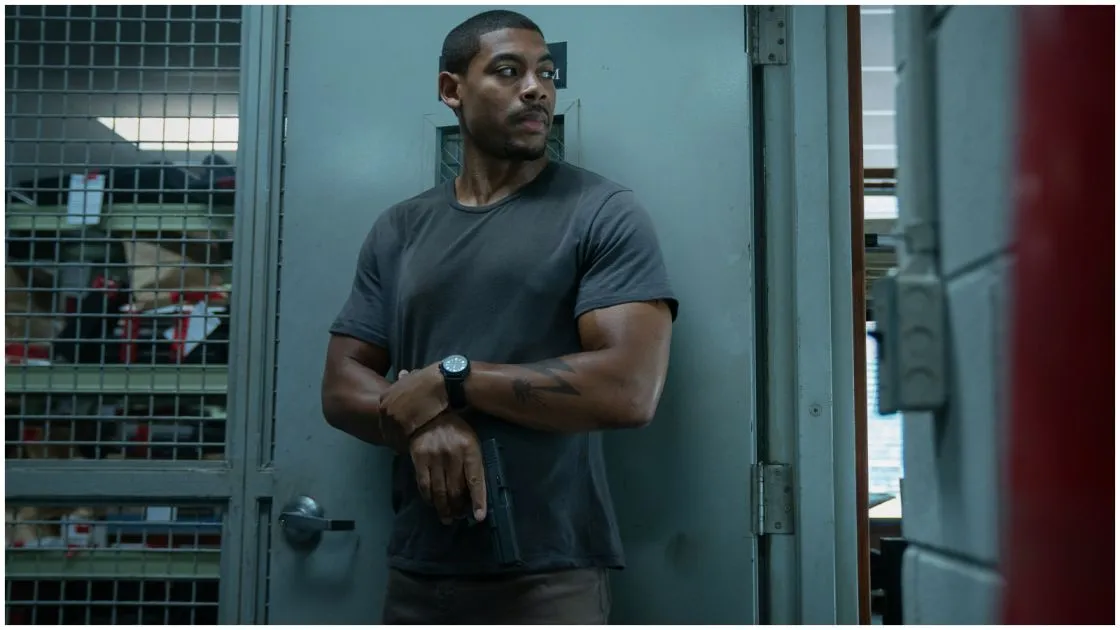
.webp)
